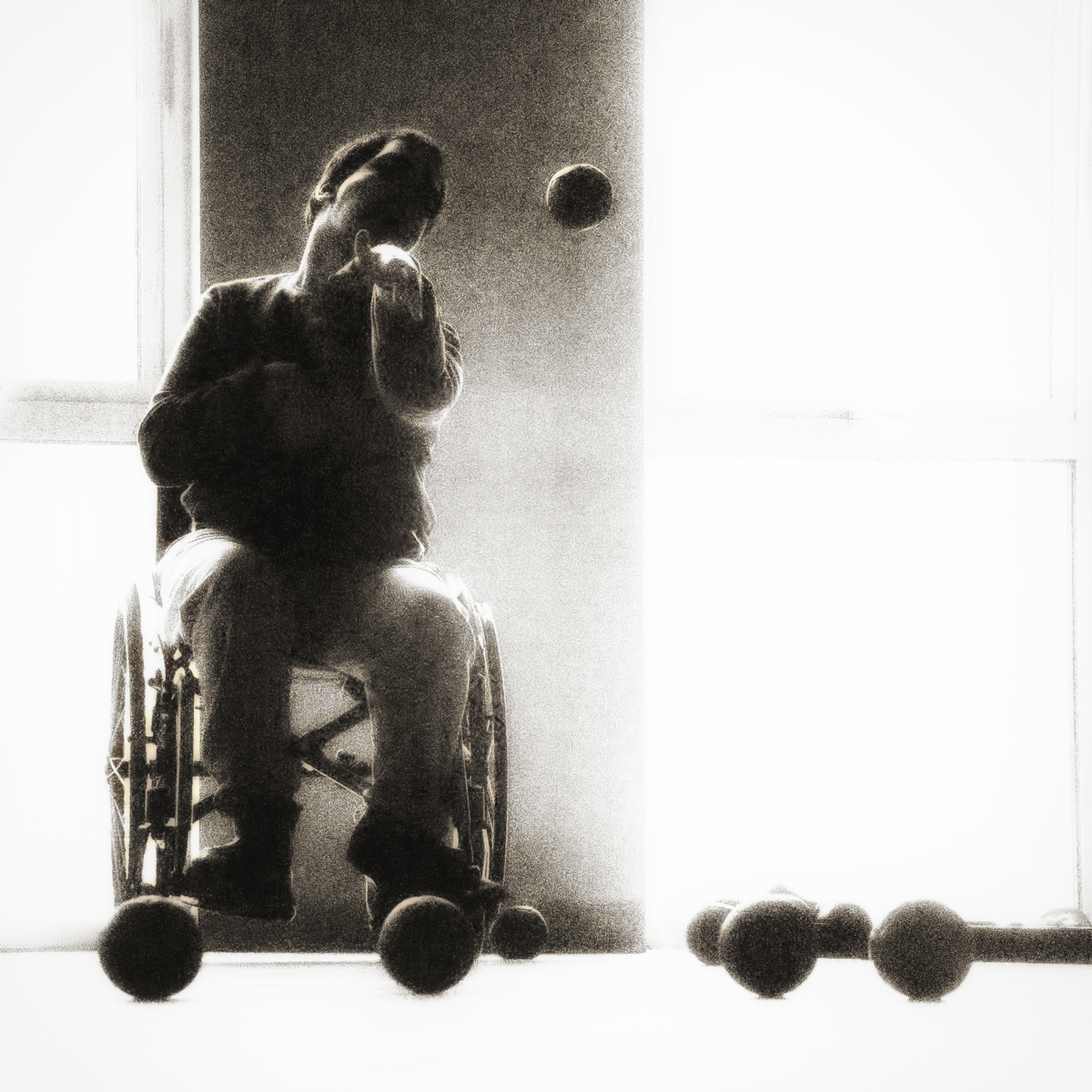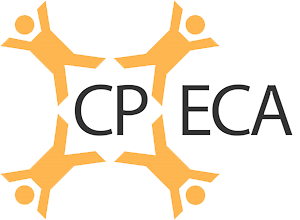WHAT IS CEREBRAL PALSY ?
Cerebral Palsy (CP) is a term describing a group of permanent movement and posture disorders caused by a non-progressive injury to the immature brain. It is the most prevalent cause of physical impairment in children. In addition, persons with CP may also have epilepsy and difficulties of cognition, communication, feeding, vision or hearing, as well as secondary musculoskeletal problems1.
The prevalence of CP is around 2 per 1000 live births. Based on neurologic findings CP is divided in 3 sub-types2, all of which have in common an abnormal pattern of movement and posture:
Spastic CP
Increased muscle tone with the presence of pathological reflexes
Dyskinetic CP
Involuntary, uncontrolled, repetitive and sometimes stereotype movements
Ataxic CP
Loss of normal muscle coordination, so movement with abnormal strength, rhythm and precision such as hypermetrics (missing the object of the intended movement) and dysdiadochokinetics (not being able to alternate quickly a direction of movement)

Mobility and self-initiated movement abilities can be classified according to the Gross Motor Function Classification System (GMFCS)3. All children with CP can be classified in five different levels:
Level 1: only limitations in advanced gross motor skills (running, jumping, hopping)
Level 2: walks without aid; limitation in walking outside and in direct surroundings of home environment
Level 3: walks with aid, limitations in walking outside and in direct surroundings of home environment
Level 4: moves independently with limitations: children are transported or use manual or electric wheelchair
Level 5: severely limited independent movement, even with the use of aids
There may also exist problems with vision, hearing, sensation, cognition or seizures. The origin of the brain lesion is often unknown. Recognised risk factors include prematurity, infection during pregancy or early postnatal life. Among others, complications at delivery and head trauma in early life are known risk factors.
The diagnostic process is conducted by clinicians and often involves blood analysis and medical imagery (ultrasound, MRI scans etc.).
Treatment is best organised and executed by multidisciplinary teams according to their local facilities. Early treatment that is individualised and adapted to the needs of the family brings the best long-term results. The aim is optimal participation in everyday life.
1 A report: the definition and classification of cerebral palsy April 2006. Developmental Medicine & Child Neurology. 2007; 49: 8-14. doi:10.1111/j.1469-8749.2007.tb12610.x
2 McManus V, Guillem P, Surman G, Cans C. SCPE work, standardization and definition–an overview of the activities of SCPE: a collaboration of European CP registers. Zhongguo Dang Dai Er Ke Za Zhi. 2006;8(4):261-265.
3 Palisano RJ, Rosenbaum P, Bartlett D, Livingston MH. Content validity of the expanded and revised Gross Motor Function Classification System. Dev Med Child Neurol. 2008;50(10):744-750. doi:10.1111/j.1469-8749.2008.03089.x
